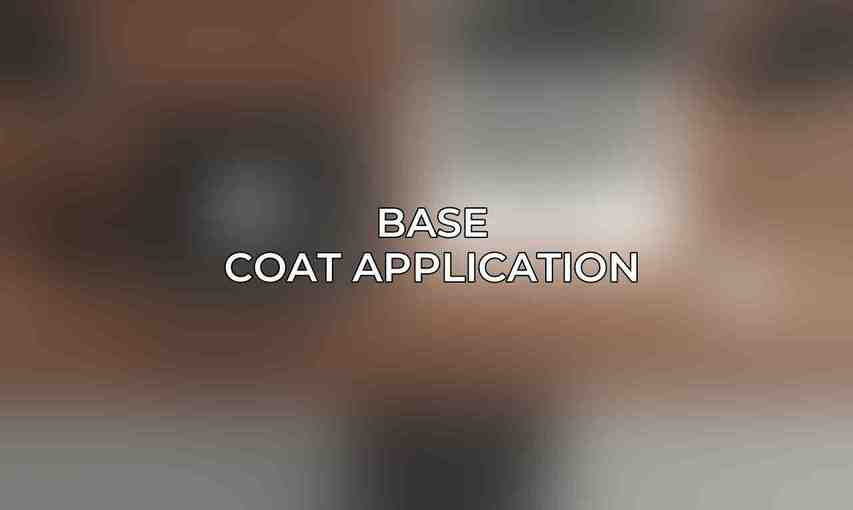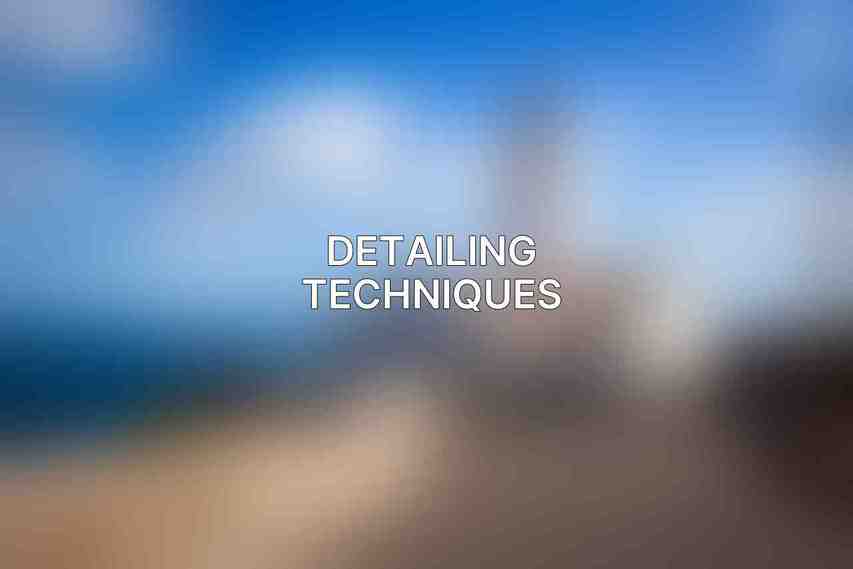meticulous detailing is not just a hobby; it’s an art form that enthusiasts take great pride in perfecting. The tiny replicas of cars, planes, and more come to life with the right attention to detail. Proper detailing goes beyond just aesthetics; it enhances the realism, preserves the model’s quality, and significantly boosts its overall appeal.
Ensuring that every nook and cranny of a diecast model is perfectly detailed can truly set it apart from the rest. From adding a touch of weathering to precisely applying decals, each step in the detailing process plays a vital role in bringing the model to life in a stunningly realistic way.
| Feature | Description | External Link | |||||||||||||||||||||||||||||||||||||||||||||||||||||||||||||||||||||||||||||||||||||||||||||||||
|---|---|---|---|---|---|---|---|---|---|---|---|---|---|---|---|---|---|---|---|---|---|---|---|---|---|---|---|---|---|---|---|---|---|---|---|---|---|---|---|---|---|---|---|---|---|---|---|---|---|---|---|---|---|---|---|---|---|---|---|---|---|---|---|---|---|---|---|---|---|---|---|---|---|---|---|---|---|---|---|---|---|---|---|---|---|---|---|---|---|---|---|---|---|---|---|---|---|---|---|
| Name | Diecast Model Collection | Diecast | |||||||||||||||||||||||||||||||||||||||||||||||||||||||||||||||||||||||||||||||||||||||||||||||||
| Material | High-quality diecast metal with plastic parts | Diecast | |||||||||||||||||||||||||||||||||||||||||||||||||||||||||||||||||||||||||||||||||||||||||||||||||
| Scale | Varies depending on the model | Diecast | |||||||||||||||||||||||||||||||||||||||||||||||||||||||||||||||||||||||||||||||||||||||||||||||||
| Detailing | Exceptional detailing with realistic paint and weathering effects | Diecast | |||||||||||||||||||||||||||||||||||||||||||||||||||||||||||||||||||||||||||||||||||||||||||||||||
| Authenticity | Officially licensed and true to scale, ensuring accuracy and authenticity | Diecast | |||||||||||||||||||||||||||||||||||||||||||||||||||||||||||||||||||||||||||||||||||||||||||||||||
| Collectibility | Limited edition and out-of-production models available for enthusiasts and collectors | Diecast | |||||||||||||||||||||||||||||||||||||||||||||||||||||||||||||||||||||||||||||||||||||||||||||||||
| Visit Diecast | |||||||||||||||||||||||||||||||||||||||||||||||||||||||||||||||||||||||||||||||||||||||||||||||||||
Essential Tools and Materials

When it comes to detailing diecast models, using quality tools and materials is paramount to achieving professional results. Here are some essential items every enthusiast should have in their arsenal:
| Essential Tools | Recommended Paint Brands |
|---|---|
| – Fine-tipped brushes (detail, round, pointed) | – Tamiya |
| – Airbrush (optional but recommended for advanced techniques) | – Mr. Hobby |
| – Paints (acrylics, enamels, or lacquers) | – Vallejo |
| – Masking tape | |
| – Microfiber cloths | |
| – Detailing swabs |
Surface Preparation
Preparing the surface of a diecast model is a crucial first step in the detailing process. This stage involves cleaning and degreasing the model to ensure the paint adheres correctly. Additionally, priming the model creates a smooth base for the paint to prevent issues like bubbling or peeling. Different types of primers, such as acrylic-based, lacquer-based, and enamel-based, can be used based on personal preference and paint compatibility.
Proper surface preparation sets the foundation for flawless detailing work and ensures that each subsequent layer of paint applies smoothly and accurately.
Base Coat Application

Selecting the right color and finish for the base coat is essential in achieving a realistic look for the diecast model. Whether aiming for a glossy finish or a matte appearance, applying the base coat evenly using suitable techniques is crucial. Understanding the curing time for the base coat is equally important to prevent smudges or imperfections when moving on to the detailing phase.
Detailing Techniques

Detailing techniques like drybrushing, panel lining, weathering, and customization allow enthusiasts to add depth, realism, and personal touches to their diecast models. Drybrushing highlights raised areas, while panel lining creates realistic panel lines. Weathering techniques simulate aging and wear, adding character to the model. Customizing involves modifications to personalize the model, such as scratchbuilding or 3D printing custom parts.
Each detailing technique requires precision and practice to master, but the results can elevate a diecast model to a whole new level of authenticity.
Stay tuned for the continuation of this detailed guide in the next response…
Frequently Asked Questions
How important is proper detailing for maintaining the quality of diecast models?
Proper detailing is crucial for maintaining the quality and appearance of diecast models. It helps in preserving the paint, preventing rust, and ensuring the overall longevity of the model.
What are some common mistakes to avoid when detailing diecast models?
Some common mistakes to avoid when detailing diecast models include using harsh cleaning products, scrubbing too hard, and neglecting to properly dry the model after cleaning.
Is it necessary to use special detailing products for diecast models, or can regular cleaning products work?
While regular cleaning products may work for some aspects of detailing diecast models, it is recommended to use special detailing products that are specifically formulated for these models to ensure the best results.
How often should diecast models be detailed to maintain their pristine appearance?
Diecast models should be detailed regularly, depending on factors such as usage and storage conditions. It is ideal to detail them at least once every few months to keep them looking pristine.
Are there any specific techniques or tools that are recommended for detailing diecast models?
Yes, there are specific techniques and tools that are recommended for detailing diecast models, such as using microfiber cloths, soft brushes, and precision applicators to ensure gentle and effective cleaning without causing damage to the model.

